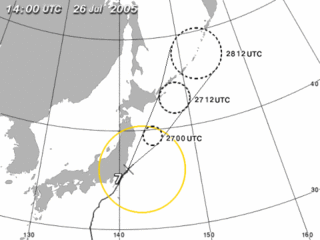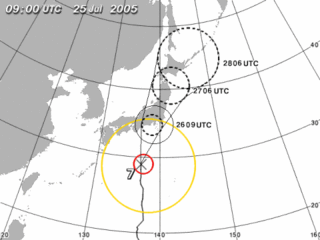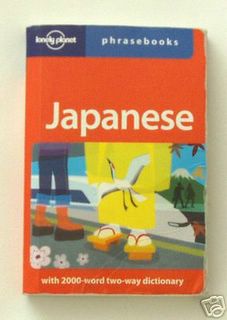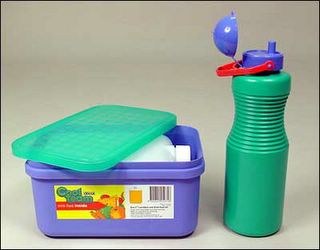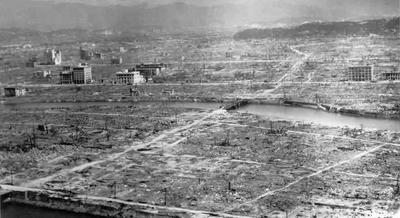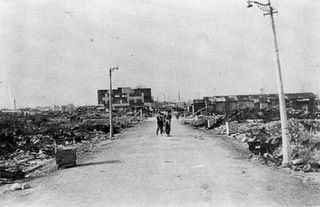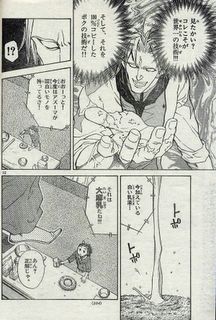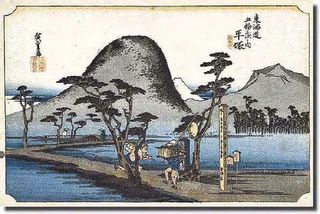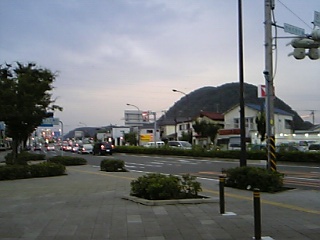

If you look very carefully you will be able to see that my nice extreme nationalist neighbour has added a very fetching Hinomaru to his already striking far right besloganed van, which comes complete with loudhailers front and back for enlightening the deluded masses.
I say he is my neighbour but I think the vehicle actually belongs the son of my neighbour. Anyway, he was out washing his pride and joy last weekend and I gave him a hearty hello as I carried my mixed race child into our house. He seemed very pleased and said a hefty hello back. I can imagine him down the isakaya saying "Don't get me wrong, some of my best friends are ... Oh, I love their chips but...". Or maybe that is not fair. I don't really know what he thinks.
My only experience with these black van nationalists is encountering big convoys of them driving very slowly through cities and screaming incredibly loud slogans out of their loud hailers. Our neighbour is kind enough not to do any of that kind of thing in this area. He just parks it up here and presumably goes off for a good scream on a sunny Saturday with his mates.
Actually, to be truthful, I am not really au fait with Japanese extreme right politics and to what extent it draws on racism. Neither do I know what particular flavour of racism they prefer. If I were to hazard a guess I would say Chinese and Koreans are more in the firing line than dopey White neighbours. I'll just keep on shouting the hearty hellos. I was thinking of getting a union jack sticker and giving it to him to go beside the Hinomaru. Or perhaps I should emulate him and kit out my car with some loudspeakers and slogans? I could go with him on a Saturday and tag along at the back of the convoy.




